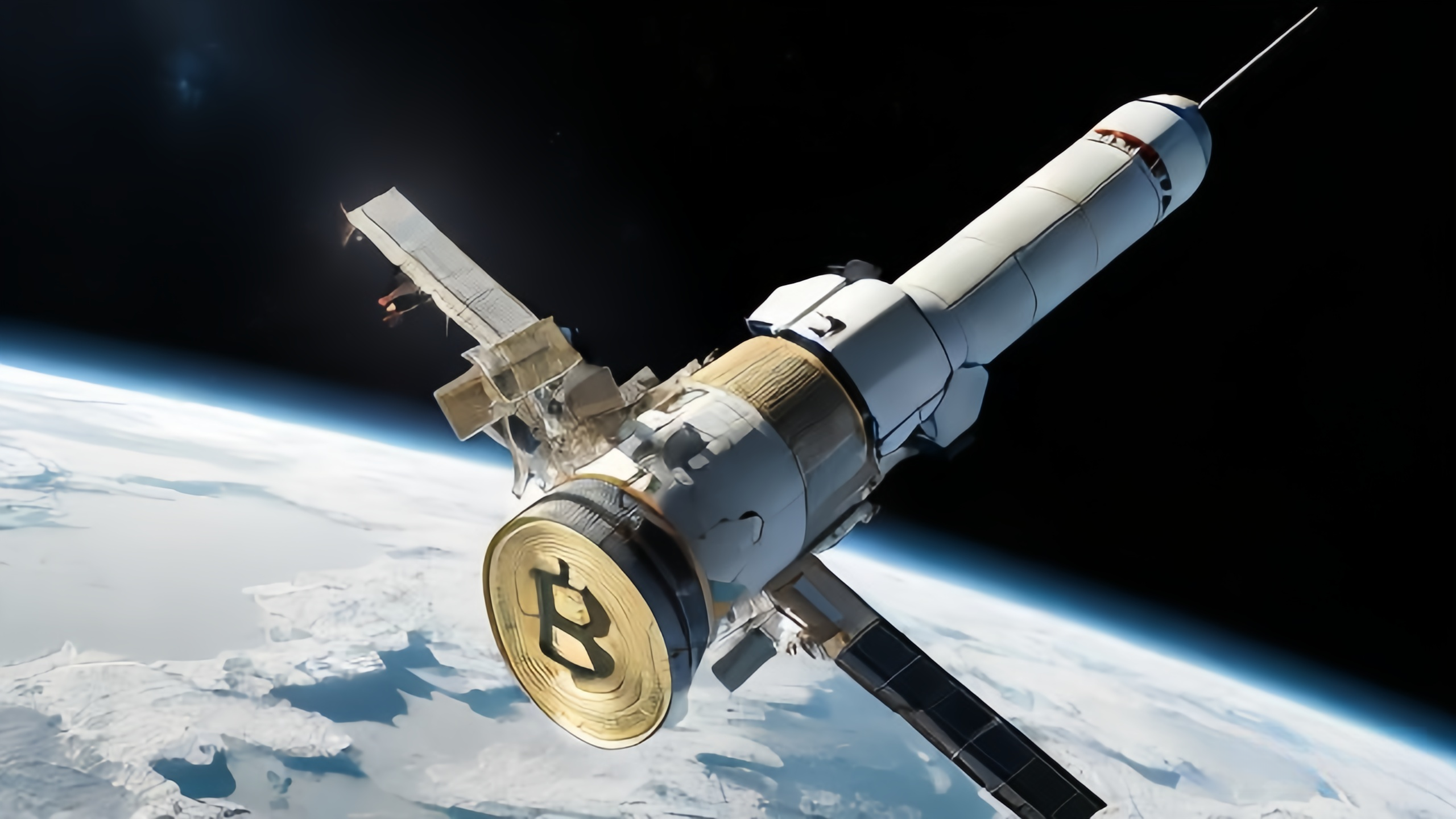SpaceX has successfully launched a groundbreaking mission, marking the first-ever manned spaceflight to orbit both the North and South Poles. This ambitious journey was made possible through the financial backing of Chun Wang, a prominent crypto entrepreneur known for his contributions to Bitcoin mining.
Chun Wang, a Chinese-born Maltese businessman and founder of the Bitcoin mining pool F2Pool, is the mastermind and primary financier behind SpaceX’s “Fram2” mission. The mission takes its name from a 19th-century Norwegian exploration vessel, symbolizing the spirit of discovery and adventure.
Wang, alongside three other astronauts, lifted off from Cape Canaveral, Florida, at 1:46 am UTC on April 1. The spacecraft is set to complete a three- to five-day orbital journey, making history as the first human mission to traverse both polar regions in space.
A Diverse Crew of Experts
Accompanying Wang on this mission are three distinguished professionals from different fields:
- Rabea Rogge – A German polar scientist, bringing expertise in extreme environment research.
- Jannicke Mikkelsen – A Norwegian cinematographer, responsible for documenting the mission in space.
- Eric Philips – An Australian Arctic adventurer, known for his experience in polar exploration.
While Wang has not disclosed the financial details of the mission, his involvement underscores the growing intersection of cryptocurrency wealth and space exploration.
The Fram2 mission is not just about pioneering a new orbital path; it is also a scientific endeavor. The crew is set to conduct 22 experiments, focusing on human health in space and the effects of long-duration space travel. Notably, these experiments include:
- The first-ever X-ray taken in space
- Studies on mushroom growth in a zero-gravity environment
The results of these experiments could contribute to the future of deep-space exploration and human adaptation to extraterrestrial conditions.
Chun Wang: From Bitcoin to Space
Wang made his fortune in the crypto industry, founding F2Pool in 2013—one of China’s earliest Bitcoin mining pools, which now ranks as the fourth-largest globally with a market share close to 10%, according to mempool.space. In 2018, he expanded his ventures by launching Stakefish, an Ethereum staking pool that currently holds the eighth-largest validator base, operating over 2,025 nodes.
His decision to fund this mission highlights how tech entrepreneurs are increasingly directing their wealth towards space exploration, following the footsteps of visionaries like Elon Musk and Jeff Bezos.
Orbital Journey and Return Plans
After launch, it took the spacecraft less than 30 minutes to reach its first milestone—flying 265 miles (430 kilometers) above the South Pole. The crew is expected to circle the Earth every 90 minutes, experiencing multiple sunrises and sunsets each day.
Upon completing its mission, the SpaceX Dragon capsule will splash down off the coast of California, marking another first for SpaceX. This event could pave the way for future privately funded space missions and expand the possibilities of human spaceflight.
The Fram2 mission represents a turning point in space travel, where cryptocurrency-funded ventures push the boundaries of what is possible. With private individuals now financing historic spaceflights, the dream of commercial space travel is moving closer to reality.
